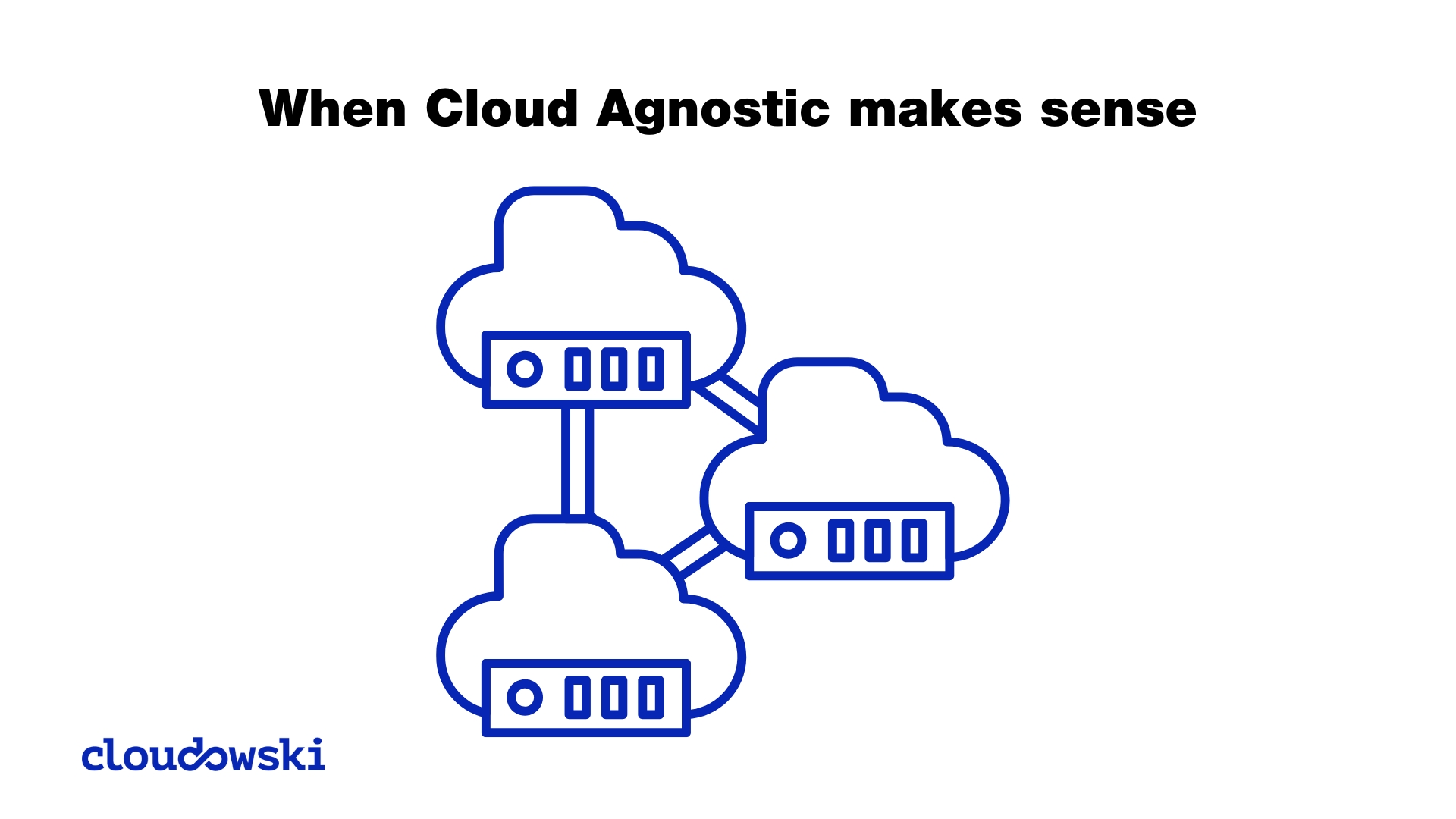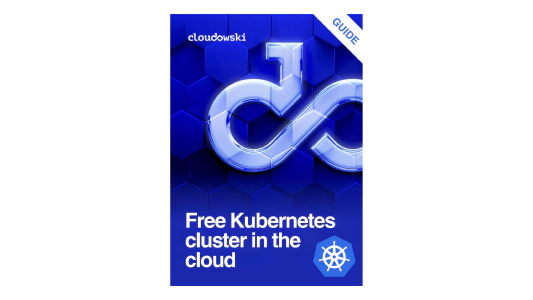“Cloud agnostic” sounds amazing – freedom to run anywhere! But is it right for every company? Some truly need it, others just think they do. The reality is a complex game of trade-offs.
Here’s the truth:
Trying to become cloud-agnostic after starting with one provider is incredibly difficult.
You inevitably start using vendor-specific services, creating lock-in. So it’s much better to start with cloud agnostic approach. Cloud provider services are easy and that’s their big advantage, but use them wisely! Integrate them thoughtfully, with costs and access controls firmly in place. Otherwise, they will take control over your environment.
So, when does cloud-agnostic make sense?
✅ Genuine Multi-Cloud Needs: A real business case for using multiple clouds.
✅ Significant Budget: Cloud agnosticism adds complexity and overhead. This is for companies ready to invest in best solutions.
✅ Clear, Tangible Benefits: Better resilience, lower costs (after accounting for increased operational costs), data sovereignty, or compliance requirements. If there aren’t well-defined financial benefits, then you might end up in trouble later, if there will be no budget for keeping agnostic approach.
💡 My #1 Tip:
Design for cloud agnosticism from the start. Test early, and make sure it does work on multiple environments (on-prem + cloud, multi-cloud, etc.). Do it from scratch or don’t do it at all!
How? Use “Everything as Code” with tools like Terraform or OpenTofu and of course Kubernetes which makes things a lot easier.
What are your experiences with cloud agnosticism? Is it worth the effort? Share your thoughts in the comments! 👇
#CloudAgnostic #MultiCloud #Kubernetes #Terraform #OpenTofu #CloudComputing #DevOps #PlatformEngineering #InfrastructureAsCode #CloudStrategy






Comments